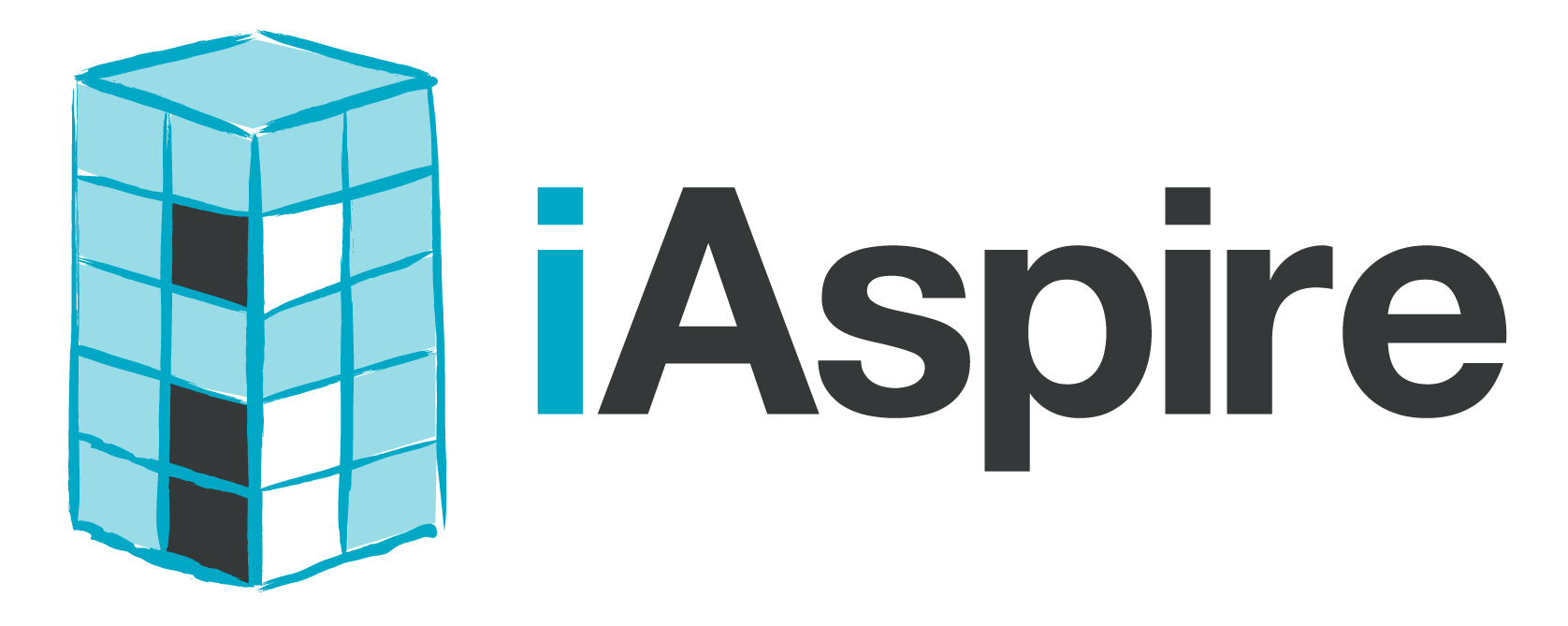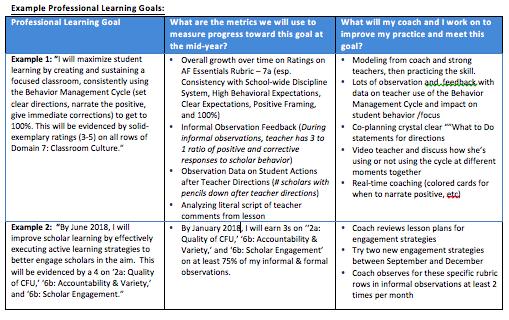6 Best Practices for Professional Growth Goals
“A goal properly set is halfway reached.” - Zig Ziglar
For many of you, another school year has come and gone. Have you reflected on what professional or organizational goals you and your staff accomplished? If you haven’t, you’re not alone. A study in 2016 found that only 8% of people set and achieve their goals. Yes, you read that correctly! 92% of us don’t set and achieve goals. We want to help this number grow, starting with you! The truth is, setting and reviewing professional growth goals is a rewarding process and is necessary to achieve professional growth. Fortunately for you, we’ve condensed this process into 6 best practices for professional growth goals as outlined below.
Professional Growth Goals should be collaborative, but teacher-driven.
In their 2010 book, Advancing the Three-Minute Walkthrough: Mastering Reflective Practice, Carolyn Downey and colleagues emphasize the importance of professional growth goals grounded not only in self-reflection, but also in reflective dialogue with administrators, coaches, and/or fellow teachers.
Professional Growth Goals should be individualized.
This is pretty straight-forward. No two teachers should have the same professional learning goal. Boston Public Schools has some good examples and templates for professional growth goals and professional learning plans.
Professional Growth Goals should be based on information from various tools/processes.
When most people make big decisions, they seek information from a variety of sources and a variety of trusted people. Professional growth is no different. Professional growth goals should be derived from a combination of self-assessment, walkthroughs, observations, student data, and reflective dialogue to name a few.
Professional Growth Goals should be written as a SMART goal.
In case you’ve never heard of a SMART goal, here is a general article about SMART goals and how to use them.
Check out this specific example of a SMART Professional Growth Goal.
Professional Growth Goals
Professional Growth Goal progress should be reviewed mid-year.
This moves the process from primarily summative to more formative. Nobody makes goal adjustments on information they don’t have! The review should be face-to-face, productive, and focused. Specific recommendations should come out of the meeting to help achieve the professional growth goal by the end of the school year.
Professional Learning Goals should be tethered to an individualized professional learning plan.
The professional learning plan should outline intentional activities designed to support learning of the educator in accordance with their individualized professional growth goal. Think of it this way: The professional growth goal is the destination, and the professional learning plan is the roadmap to get there!
If you use these 6 best practices to guide professional growth goals, you’ll join the 8% of people who set and achieve their goals!
“If you don’t know where you are going, you’ll end up someplace else.” - Yogi Berra

